Exploring green walls, roofs and spaces around the world
July 31, 2025 at 9:00 a.m.By Emma Peterson.
Recent graduate Valentina Casab-Klescova shares insights into how cities can incorporate green design to improve their built environments.
Last May, Valentina Casab-Klescova graduated from Pacific University in Oregon with a double major in applied sustainability and international studies. Her final project at school combined those two fields of study by looking at how cities around the world have and can incorporate more sustainable, green design in their built environments. I was lucky to get the chance to sit down with Valentina this summer to chat a bit about what she learned.
V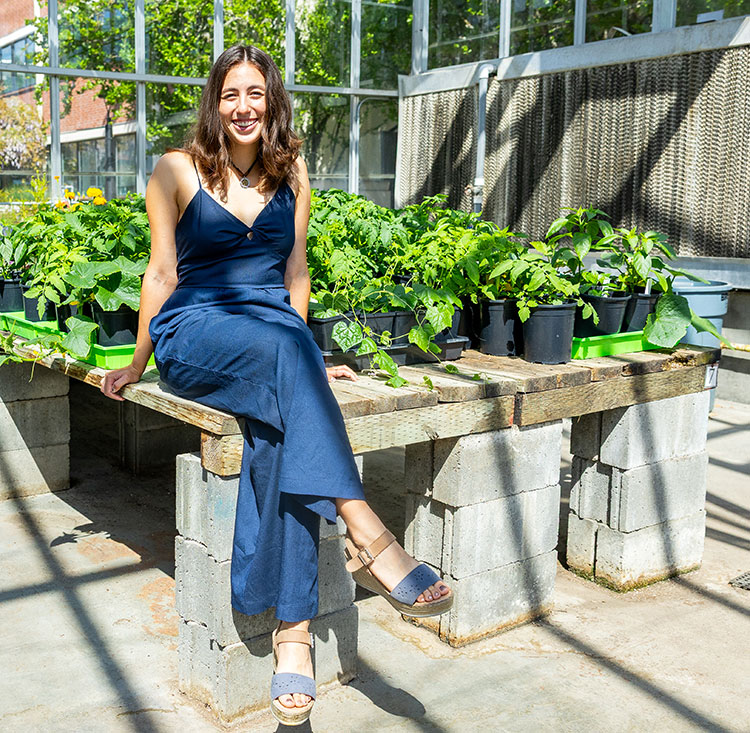 alentina first became interested in sustainable building design when she was growing up. She explained, “I grew up in Mexico City where there's been a lot of air pollution due to the high population density. Growing up, I was a tennis player, and I would see my practices get cancelled because we couldn't go outside due to poor air quality. And then when I moved to the U.S., it was just never a problem. So it always had me wondering why that was the case. I did not think it was fair that people in other parts of the world had to deal with this.” That question of why lead Valentina to her college studies and eventually her final project, “Making Every City a Green City.” She summarized her project for me, saying, “Since cities are becoming more dense and more populated, the implementation of green roofs and green walls has emerged as a solution to some of the pollution problems that come with that growth. So for my project I examined the logistics of these systems, how they work, the different types, the benefits, limitations and how they've been implemented in different parts of the world.”
alentina first became interested in sustainable building design when she was growing up. She explained, “I grew up in Mexico City where there's been a lot of air pollution due to the high population density. Growing up, I was a tennis player, and I would see my practices get cancelled because we couldn't go outside due to poor air quality. And then when I moved to the U.S., it was just never a problem. So it always had me wondering why that was the case. I did not think it was fair that people in other parts of the world had to deal with this.” That question of why lead Valentina to her college studies and eventually her final project, “Making Every City a Green City.” She summarized her project for me, saying, “Since cities are becoming more dense and more populated, the implementation of green roofs and green walls has emerged as a solution to some of the pollution problems that come with that growth. So for my project I examined the logistics of these systems, how they work, the different types, the benefits, limitations and how they've been implemented in different parts of the world.”
Understanding green design
At its core, green design (also known as biophilic design) aims to incorporate nature into the built environment. As Valentina puts it in her final project, “Biophilic urbanism ‘refers to natural elements as purposeful design features in urban landscapes to address issues in rapidly growing economies.’”
The types of issues green design aims to address include air pollution like Valentina grew up in, growing concern over climate change, urban heat islands and more! Her research points to multiple studies that show how green roofs, walls and design can help mitigate these issues. For example, a study in Manchester, UK found that “mature trees have a significant impact on regulating pavement’s surface temperature. Their simulated results indicate that adding 5% mature tree density would reduce the surface temperature by 1.0°C, and that even the addition of 5% sapling density would result in reducing 0.5°C in urban areas.”
In addition to these environmental benefits, the incorporation of green design in cities offers improvement to residents' mental health. Valentina shared about a study from the University of Michigan that examined the effect of natural elements on people in waiting rooms. She explained, “They had patients waiting in two separate rooms, one with the typical hospital white walls and the other with natural elements. And they found that the people from the natural room went into surgery calmer, with lower heart rates and had easier recoveries.”
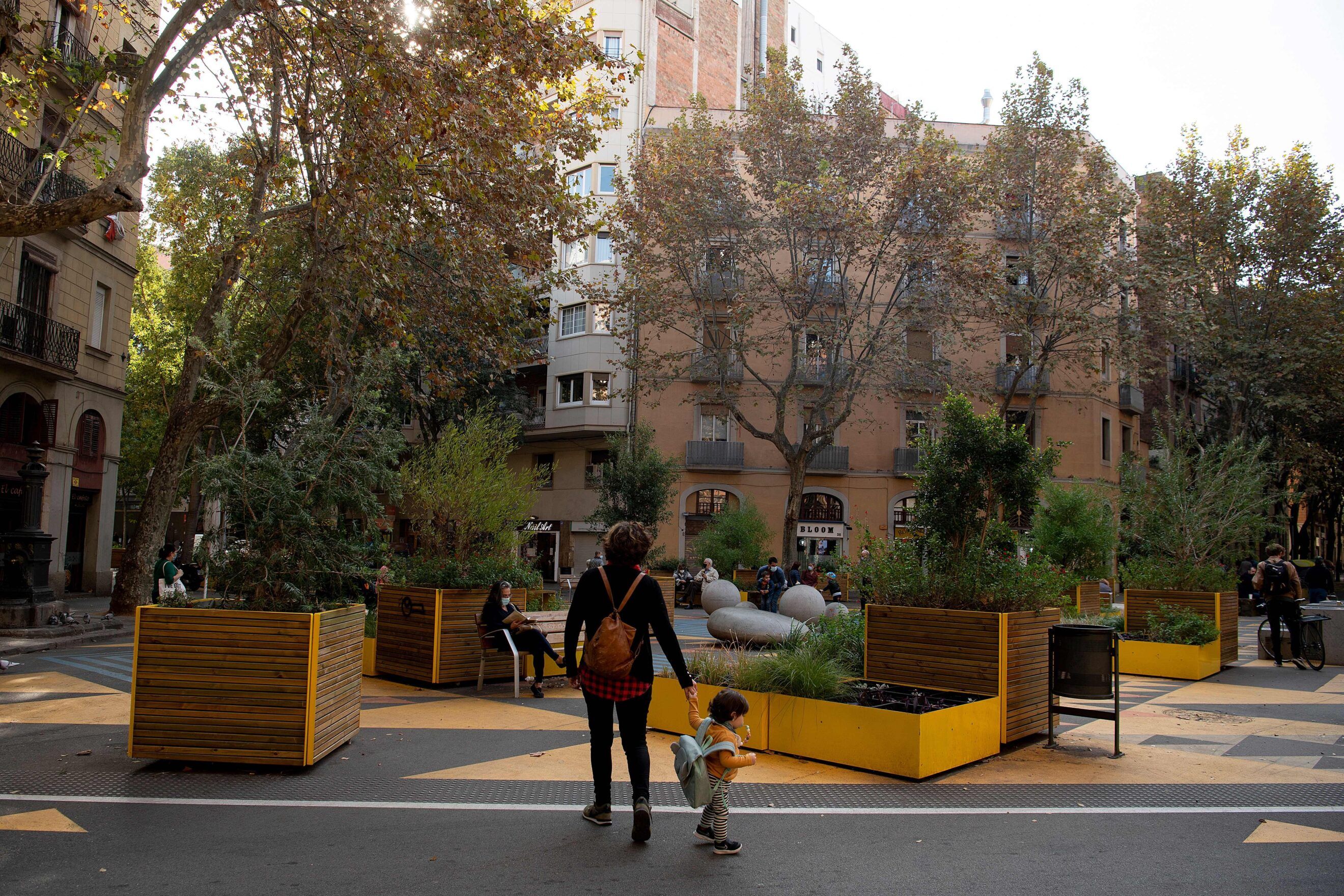 Barcelona, Spain
Barcelona, Spain
So how have cities started incorporating biophilic design to benefit both their environment and populations? The first city that Valentina examined in her project was Barcelona, Spain.
They recently (in 2023) made the move towards more green design with an initiative called Eixos Verds (Green Axis). This proposal called for the development of “superblocks,” or neighborhoods designed around green spaces with limited roads.
Valentina shared some insights into why this is the type of green design that works in a place like Barcelona, saying, “They have had a lot of issues when it comes to the urban heat island effect, so that’s their target with green design. And parks specifically fit well into their existing city structure. Historically, Barcelona was designed in such a way so that the cities are built in blocks that make it easy to add more green spaces.”
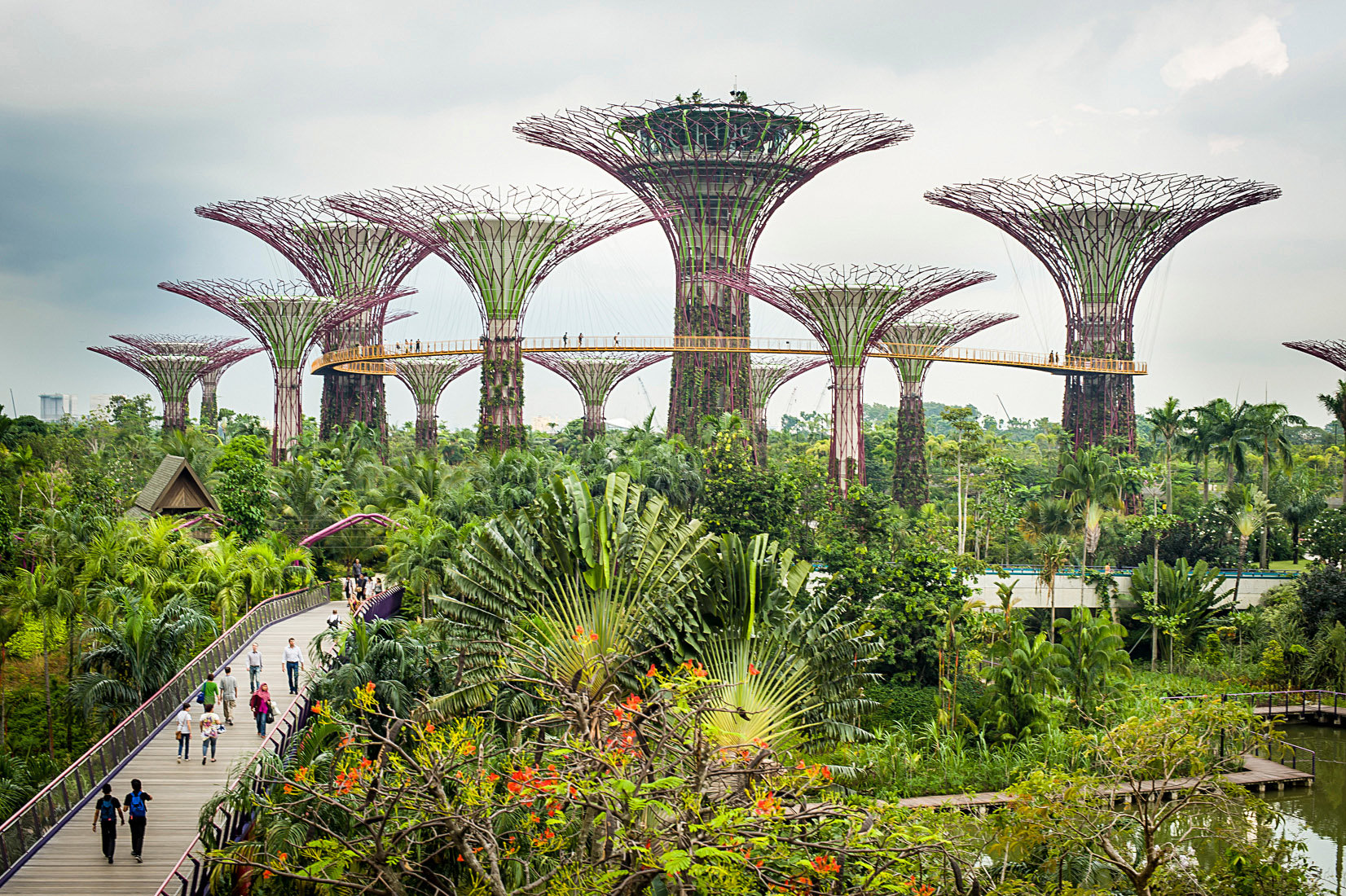 Singapore
Singapore
To expand her project, Valentina compared the way Barcelona is adding green design to a city in a completely different part of the world – Singapore. She found that Singapore, as an island nation, has far less space to expand outwards than Barcelona. So, they are incorporating more green roofs and walls, building upwards, rather than creating more park blocks that require outwards expansion. Guiding this development is Singapore’s Green Building Masterplan. This plan calls for at least 80% of the city-state's buildings to incorporate green design by 2030 with the goal of developing 1,000 hectares of green space by 2035.
Valentina added some insight, saying, “The project serves two main purposes, the first being the physical reintroduction of nature into urban areas and the second being the installation of skyrise greenery. By adding natural elements to the city, biodiversity is being introduced where it would otherwise be suppressed. It also provides many benefits including reducing indoor cooling requirements, mitigating urban heat and capturing rainwater.”
Looking beyond Barcelona and Singapore
These are just two examples of places that have incorporated green design. In our conversation, Valentina shared a little bit about what she has seen, such as a mandate in the Portland metro area (near Pacific University). She explained, “In Portland there’s a mandate where new buildings above a certain surface area are required to have a green roof on it.”
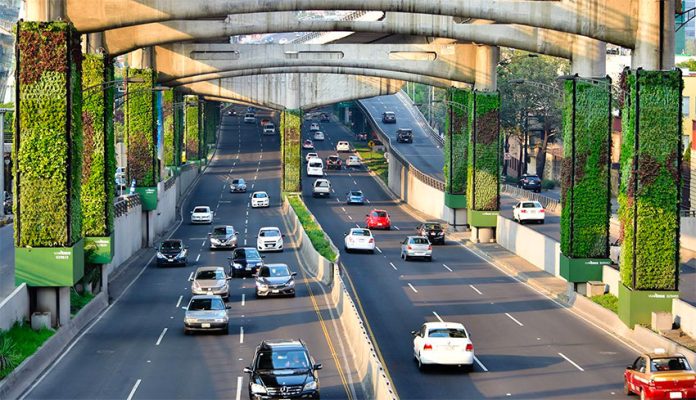 Additionally, over in Germany, there’s a push in multiple cities to incorporate intensive green roofs — a green roof with a substrate layer greater than 20 cm allowing there to be greater plant variety and therefore more benefits such as a larger sequestration of CO2 — specifically, and in Valentina’s home country, there is an initiative called Via Verde that is pushing for more green design.
Additionally, over in Germany, there’s a push in multiple cities to incorporate intensive green roofs — a green roof with a substrate layer greater than 20 cm allowing there to be greater plant variety and therefore more benefits such as a larger sequestration of CO2 — specifically, and in Valentina’s home country, there is an initiative called Via Verde that is pushing for more green design.
She explained, “A while back, they basically built two-level roads to deal with traffic. In this initiative, they went along the pillars holding up those roads, they planted a bunch of vertical greenery.”
The result? Not only do the two layers of road help mitigate traffic issues, but the greenery helps with air pollution and creates a more aesthetically pleasing city design! Overall, there is a growing trend of green design around the world. Valentina and I closed our conversation discussing her thoughts on how to make green design successful in a variety of cities. She put it simply, “First, cities should focus on the issue they’re trying to solve. So for Barcelona and Singapore that was urban heat, while in Mexico it was air pollution. Second, they need to implement it in a way that makes sense for their culture and situation. Think how the parks work for Barcelona because of their historic city design.” With these two ideas in mind, cities around the world should be able to create a combination of green walls, roofs and spaces that not only benefit the environment, but also improve the quality of life for their occupants.
Image sources in order of appearance: Green Roof Technology (cover), Pacific University, Politico, NYT, Mexico News Daily
Stay up to date with the latest industry news when you sign up for the Coffee Shop eNews.

About Emma
Emma Peterson is a writer at The Coffee Shops and AskARoofer™. Raised in the dreary and fantastical Pacific Northwest, she graduated in 2024 from Pacific University in Oregon with a degree in creative writing and minors in graphic design and Chinese language. Between overthinking everything a little bit, including this bio, she enjoys watching movies with friends, attending concerts and trying to cook new recipes.
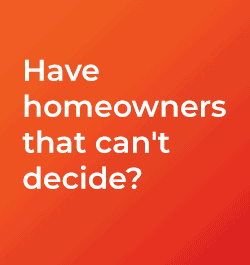












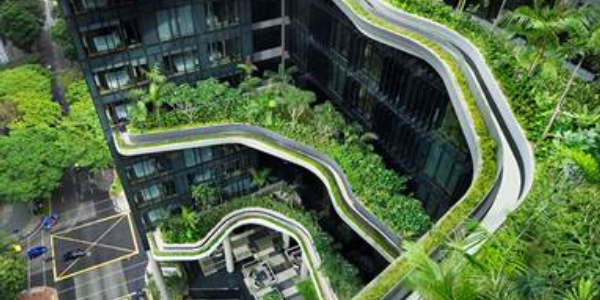
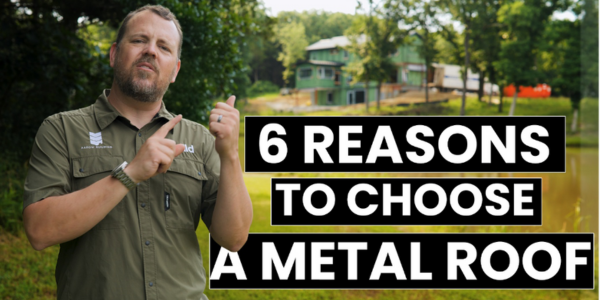

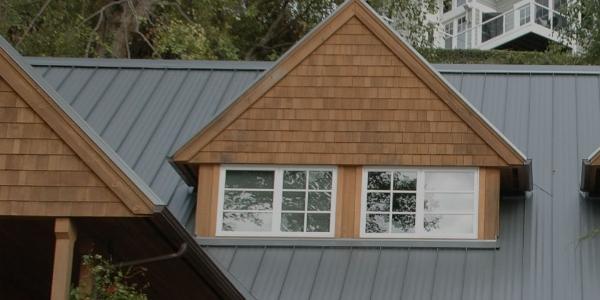





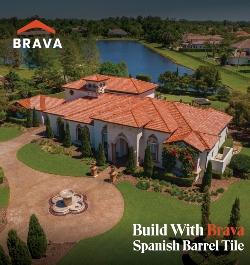
Comments
Leave a Reply
Have an account? Login to leave a comment!
Sign In